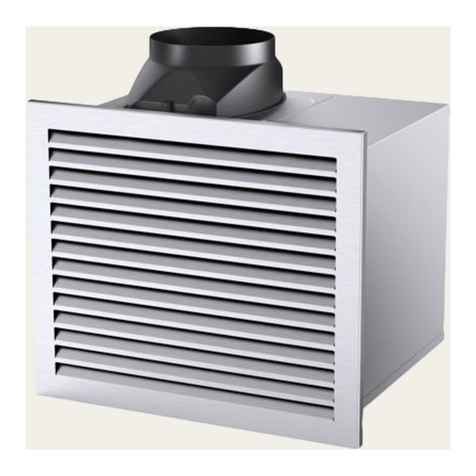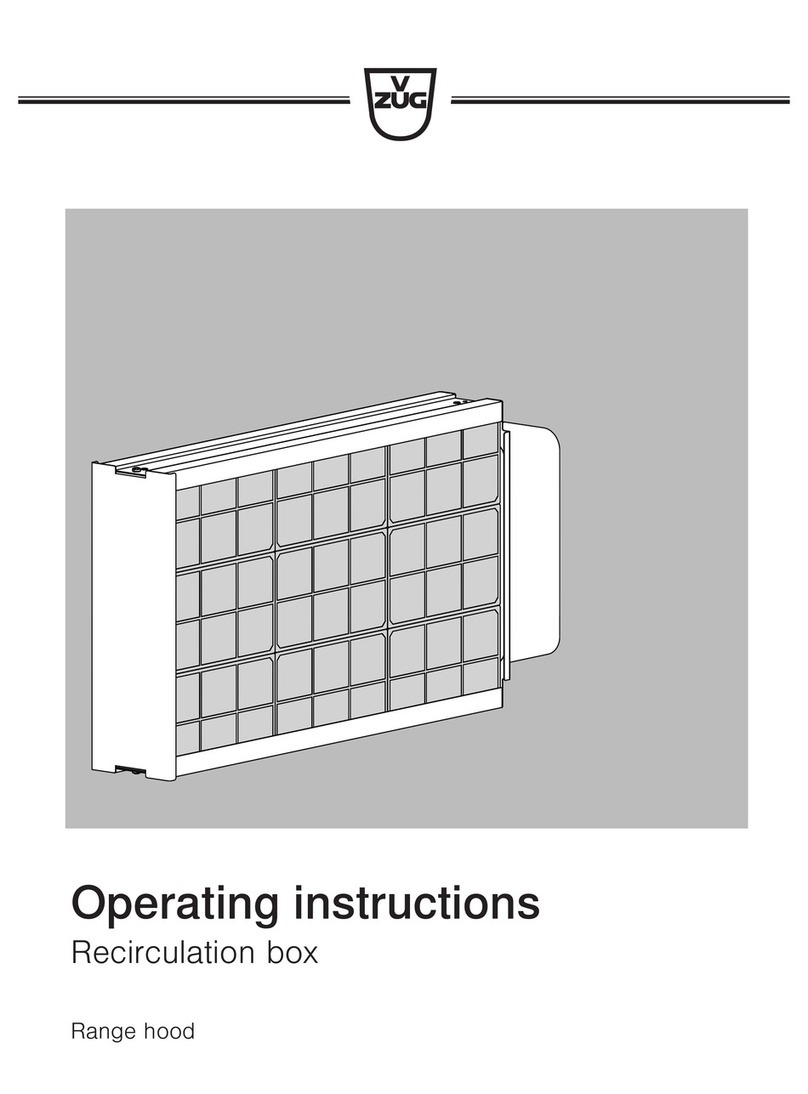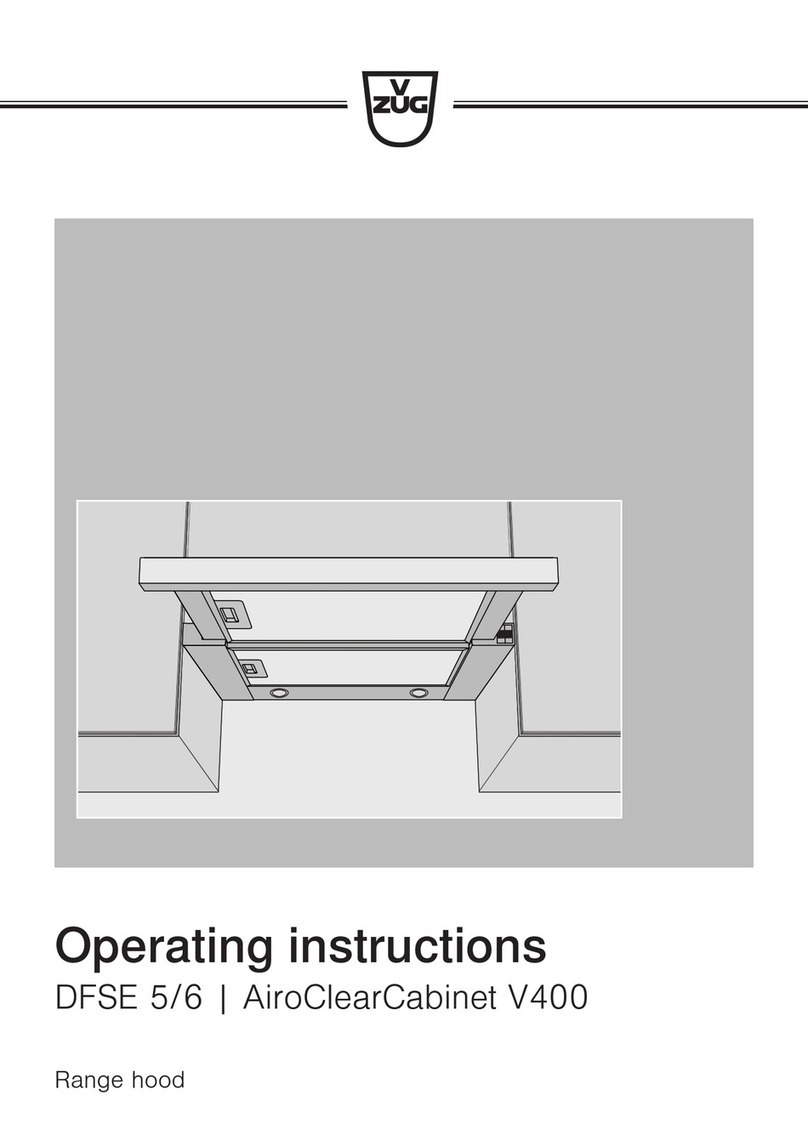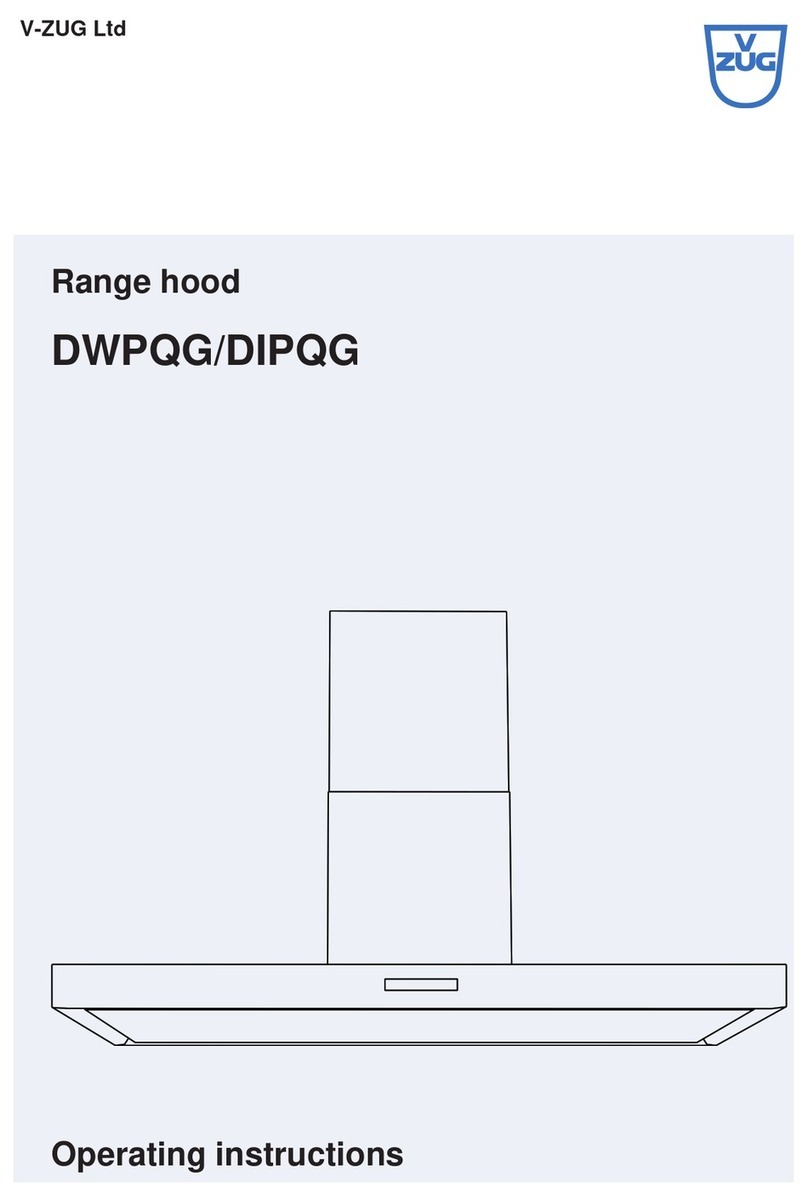V-ZUG DFN 6 User manual
Other V-ZUG Ventilation Hood manuals
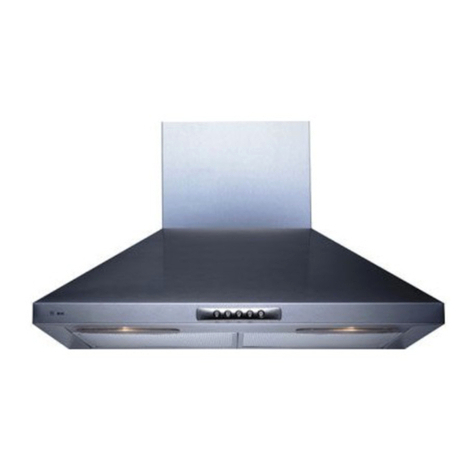
V-ZUG
V-ZUG DW-N6 User manual
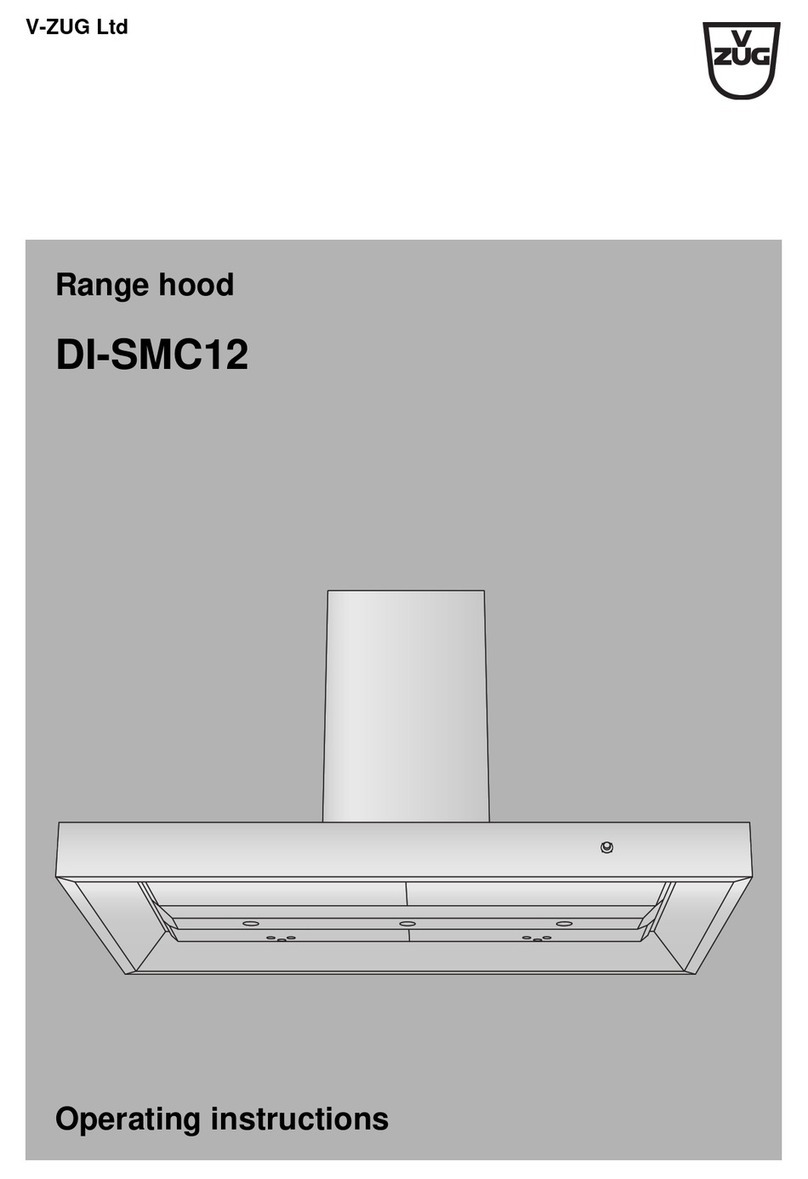
V-ZUG
V-ZUG DI-SMC12 User manual

V-ZUG
V-ZUG DFPQSL Series User manual
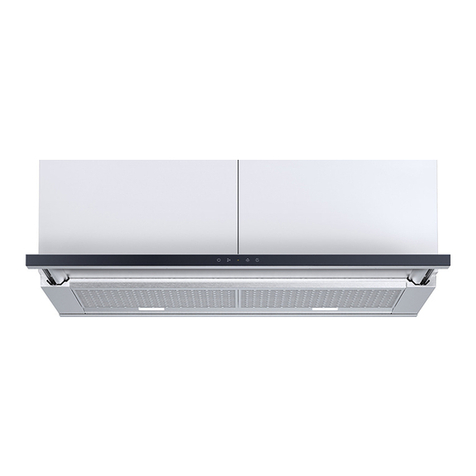
V-ZUG
V-ZUG DFPQSL Series User manual
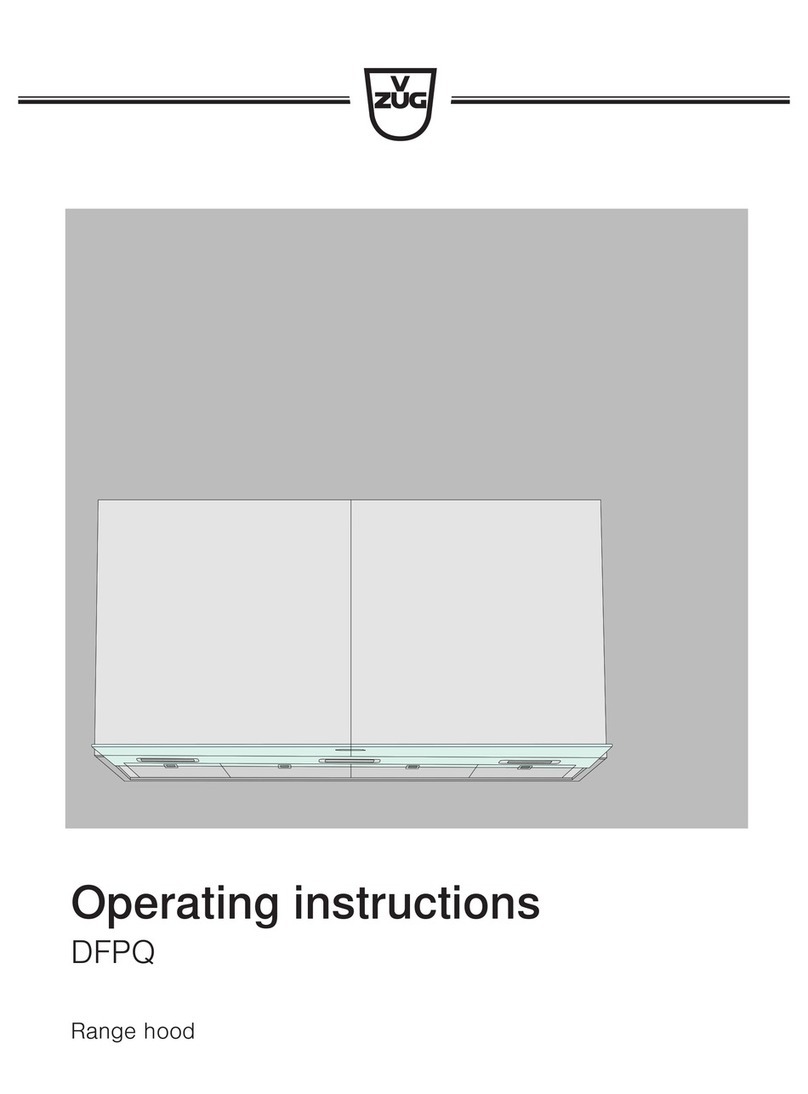
V-ZUG
V-ZUG DFPQ User manual

V-ZUG
V-ZUG DIQS10 User manual
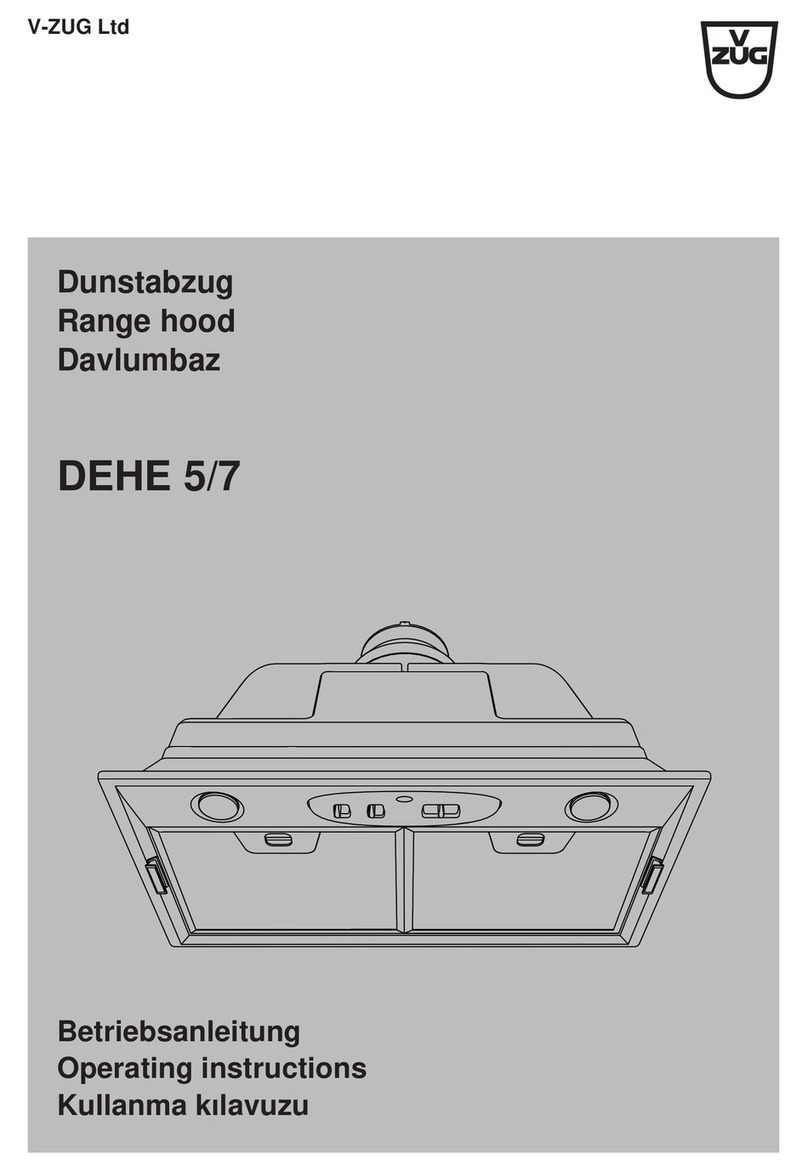
V-ZUG
V-ZUG DEHE 5 User manual
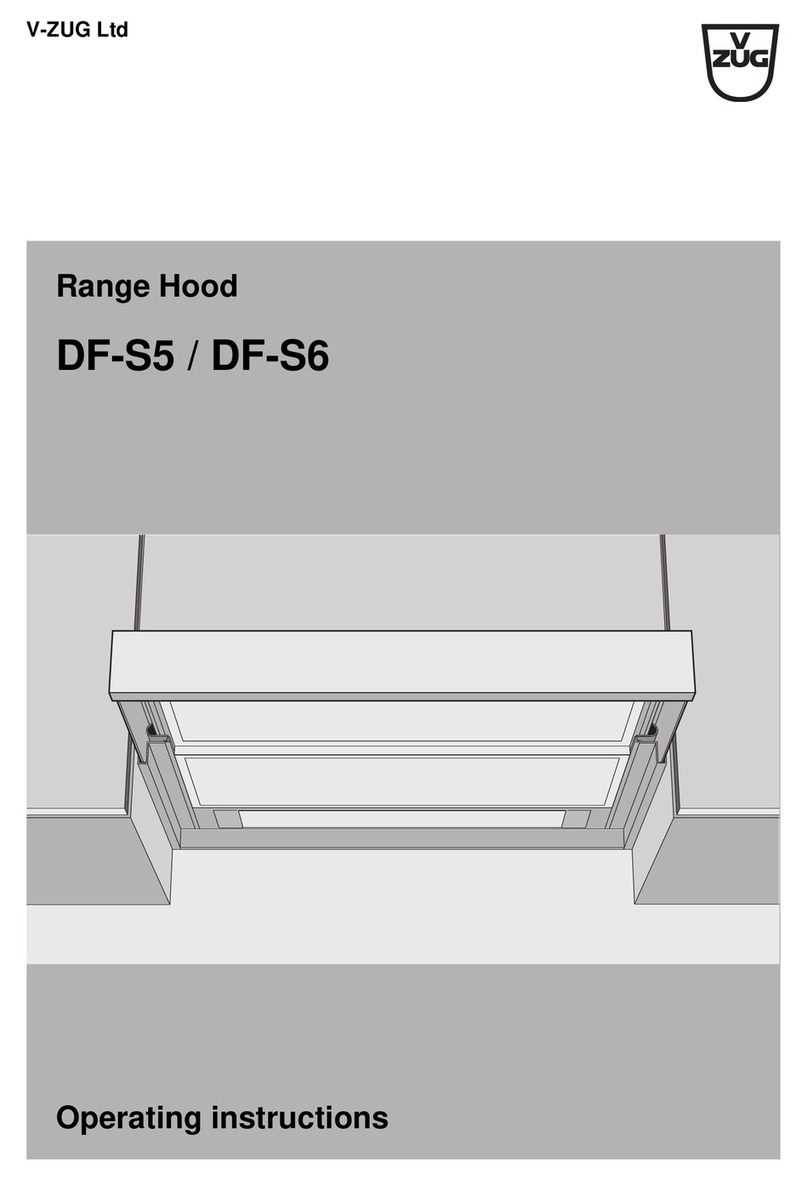
V-ZUG
V-ZUG DF-S5 User manual
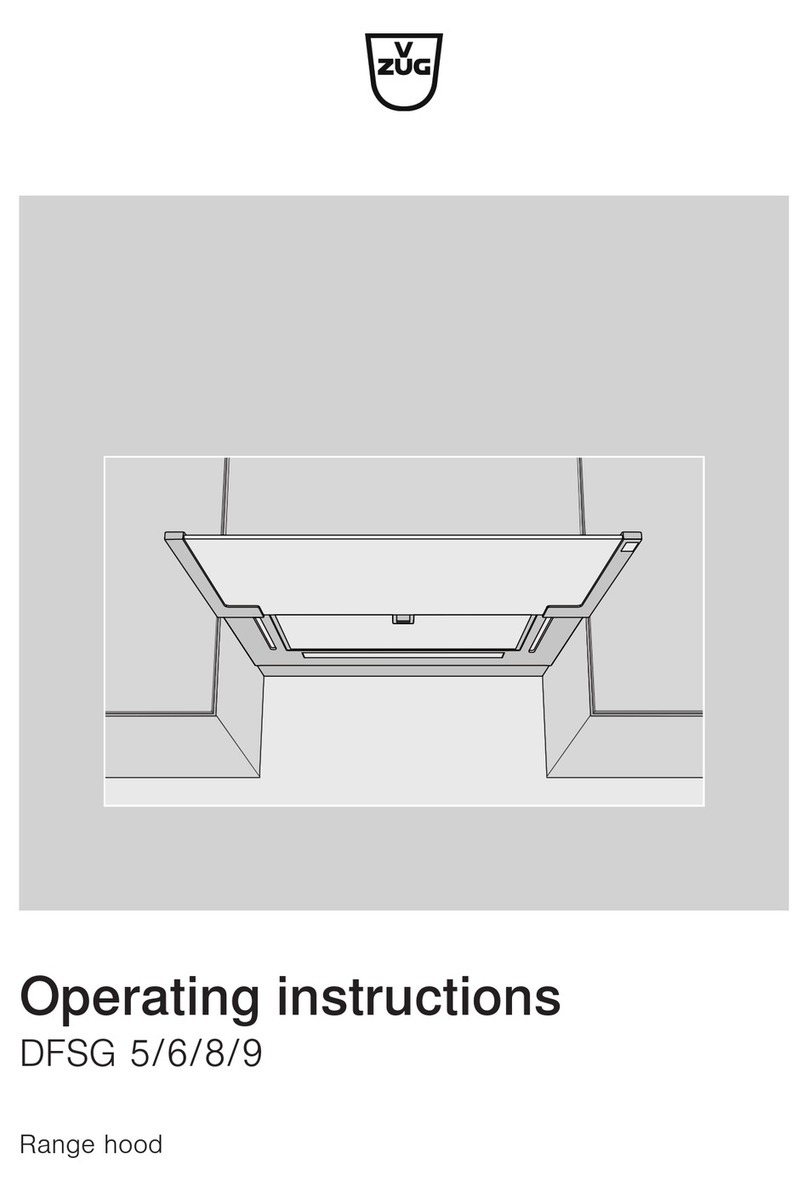
V-ZUG
V-ZUG DFSG 5 User manual
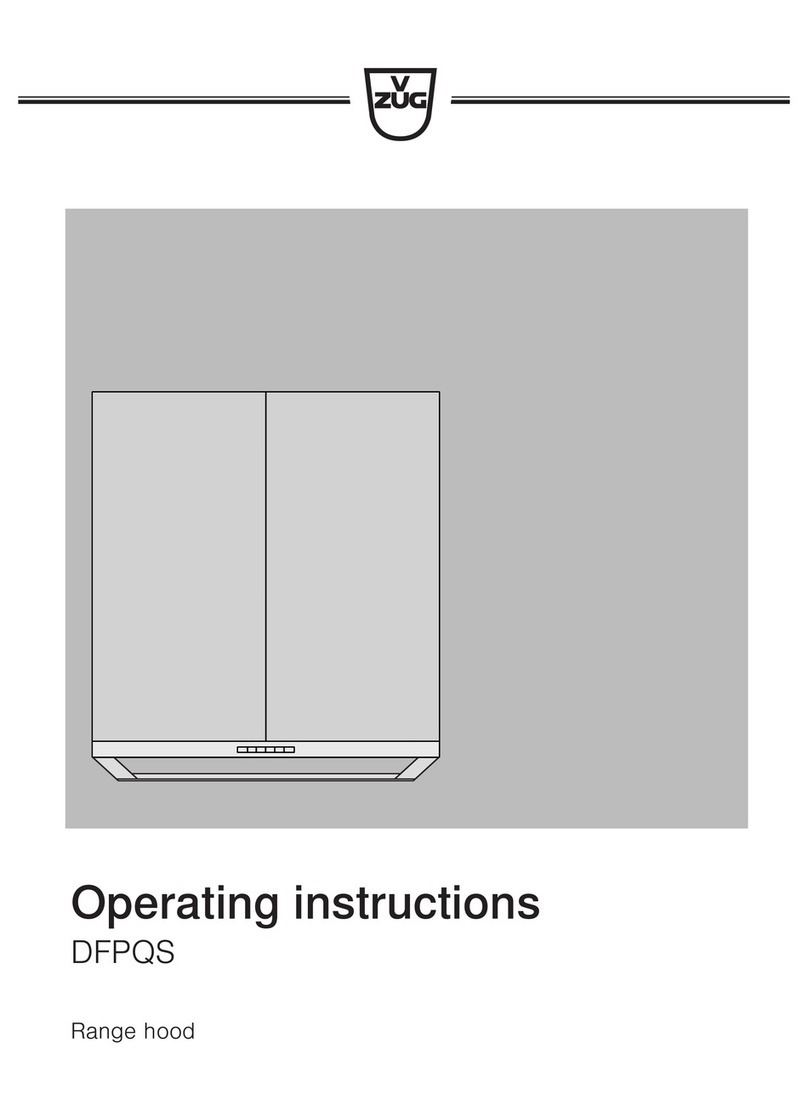
V-ZUG
V-ZUG DFPQS9 User manual

V-ZUG
V-ZUG DI-SMC12 User manual
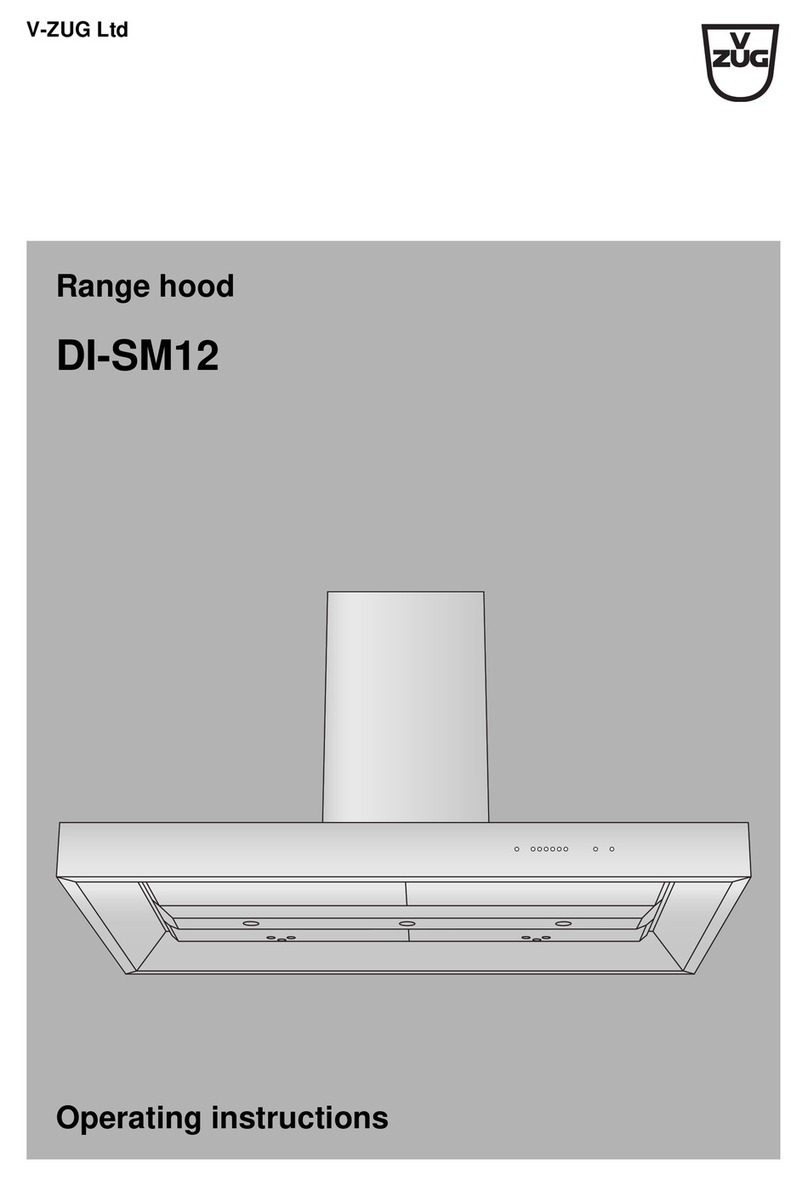
V-ZUG
V-ZUG DI-SM12 User manual
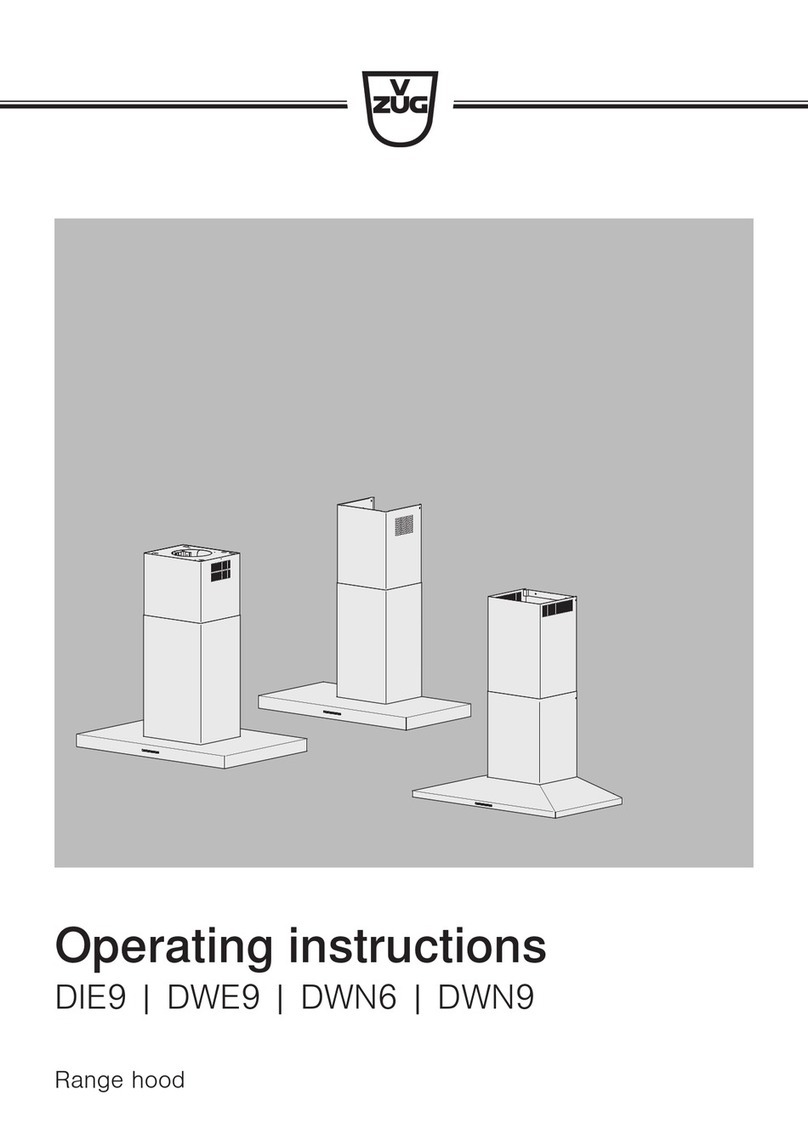
V-ZUG
V-ZUG DW-N9 User manual
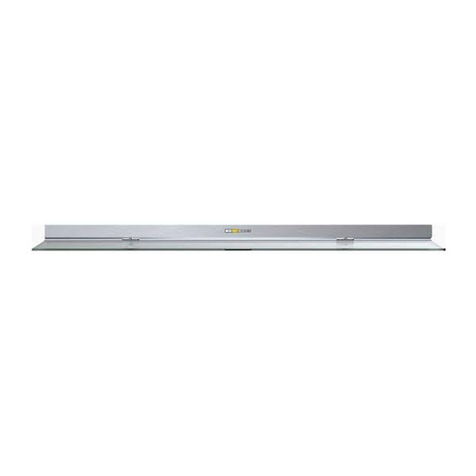
V-ZUG
V-ZUG DF-SG5 User manual
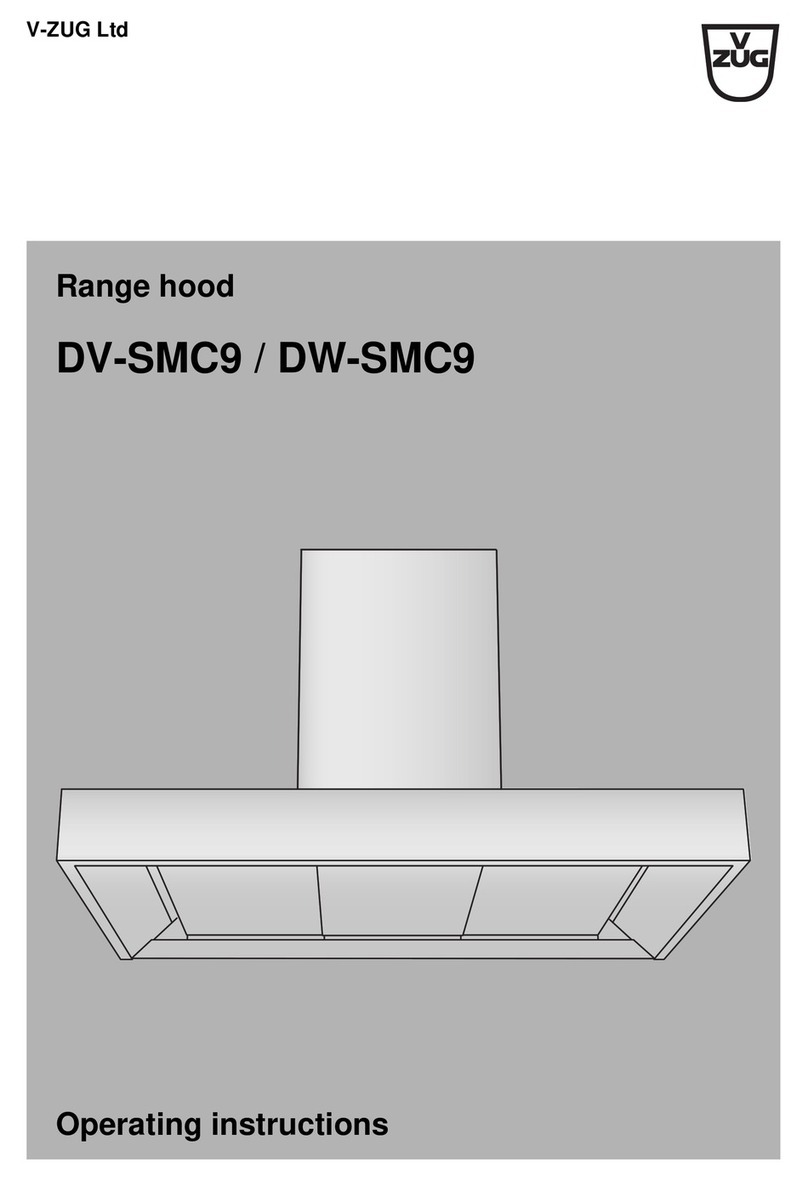
V-ZUG
V-ZUG DV-SMC9 User manual
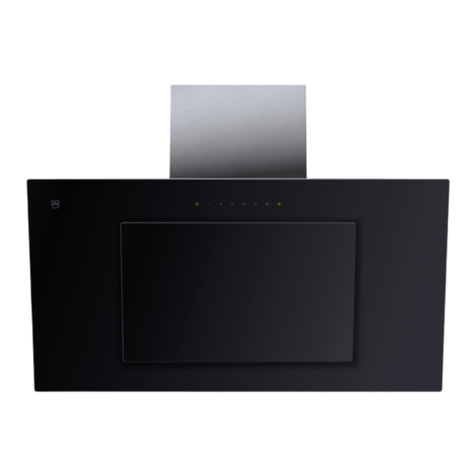
V-ZUG
V-ZUG DWVHR9 User manual
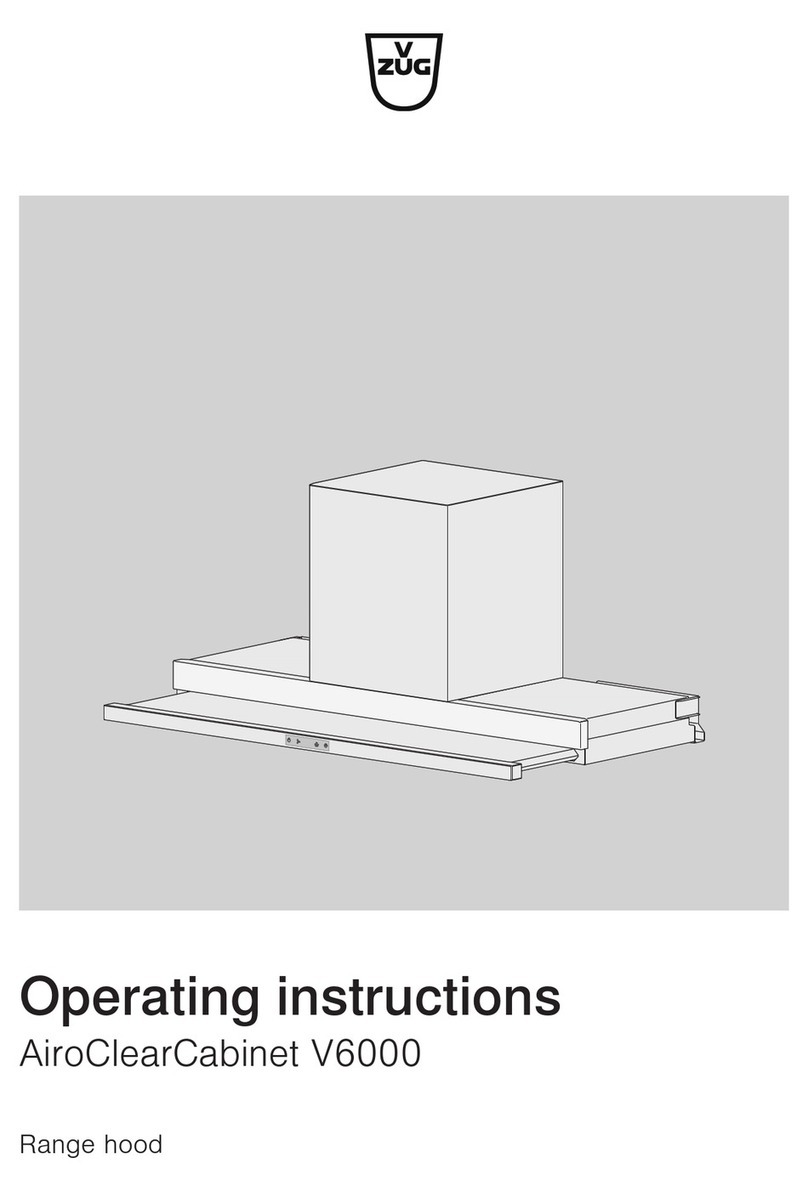
V-ZUG
V-ZUG AiroClearCabinet V6000 User manual

V-ZUG
V-ZUG DIAS 10 User manual
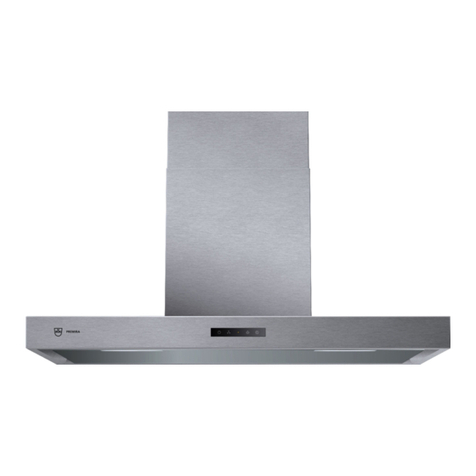
V-ZUG
V-ZUG DWPQ9 User manual
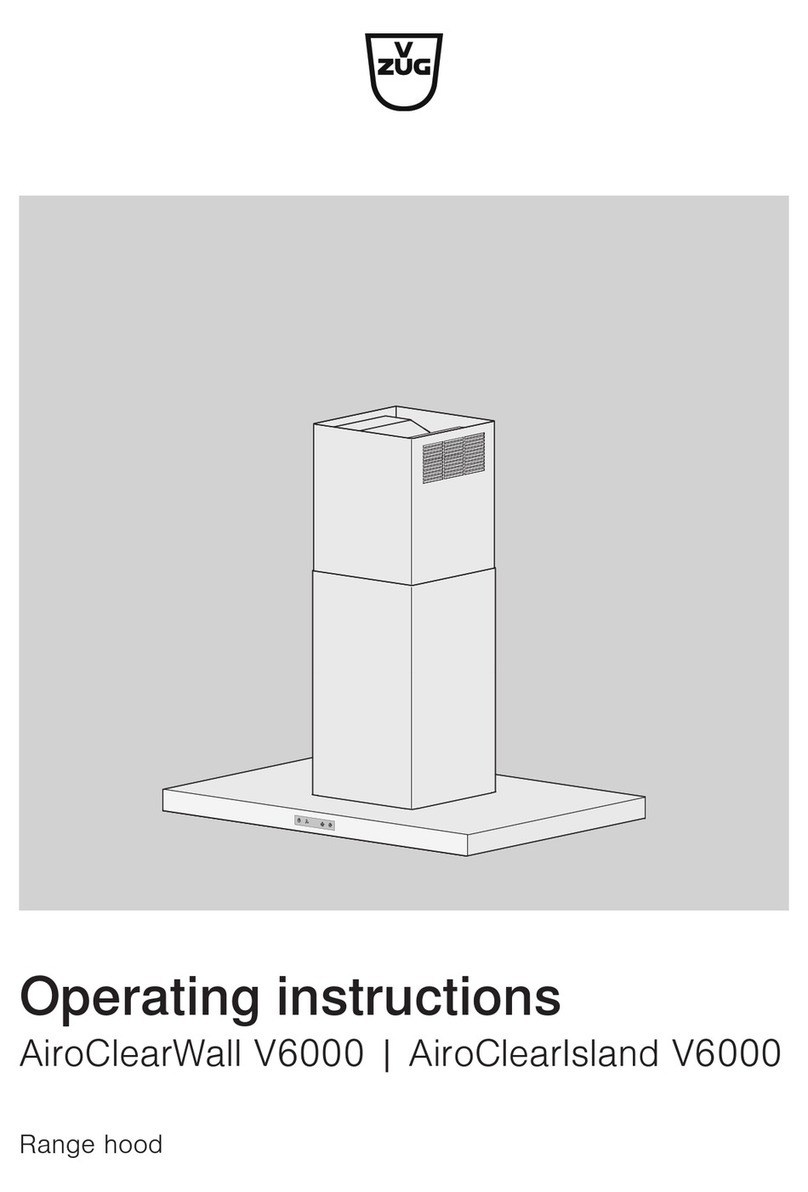
V-ZUG
V-ZUG AiroClearWall V6000 User manual
Popular Ventilation Hood manuals by other brands

Gorenje
Gorenje S3 IHGC963S4X manual

KOBE
KOBE ISX2136SQB-1 Installation instructions and operation manual

U.S. Products
U.S. Products ADVANTAGE-100H Information & operating instructions

Kuppersberg
Kuppersberg DUDL 4 LX Technical Passport

Framtid
Framtid HW280 manual

Thermador
Thermador HGEW 36 FS installation manual
